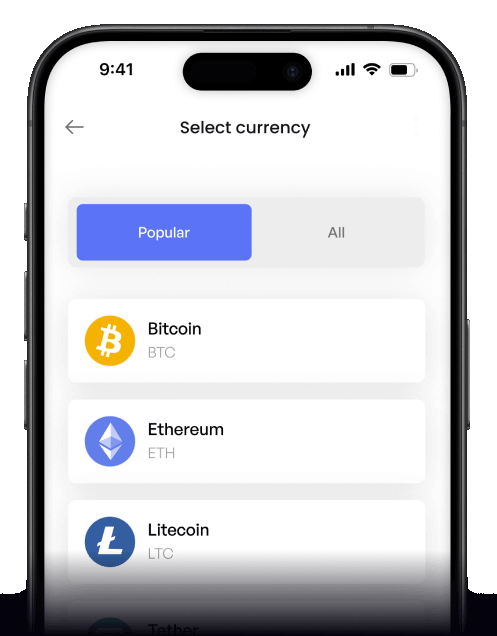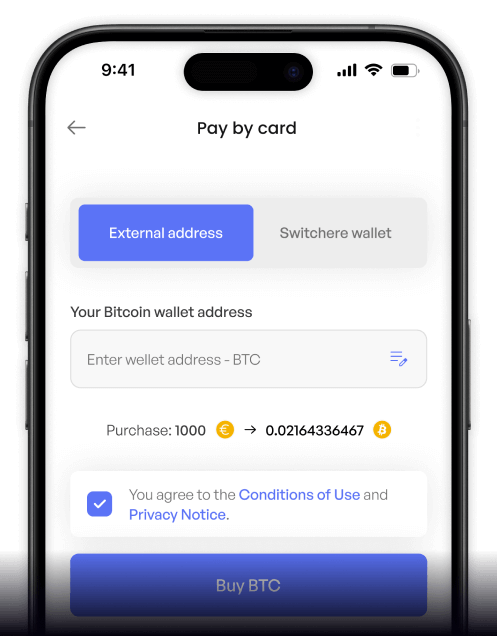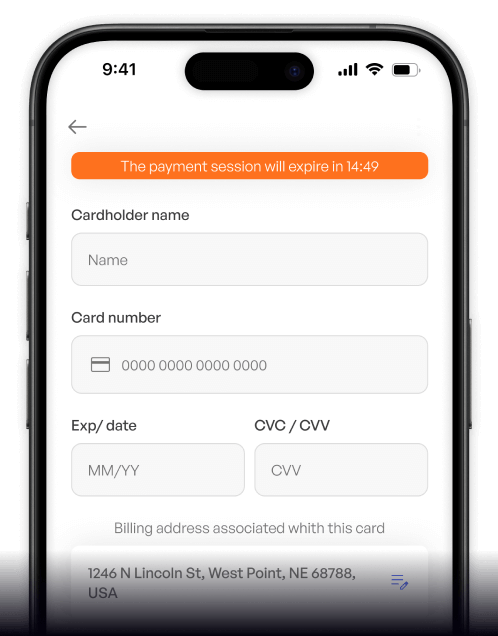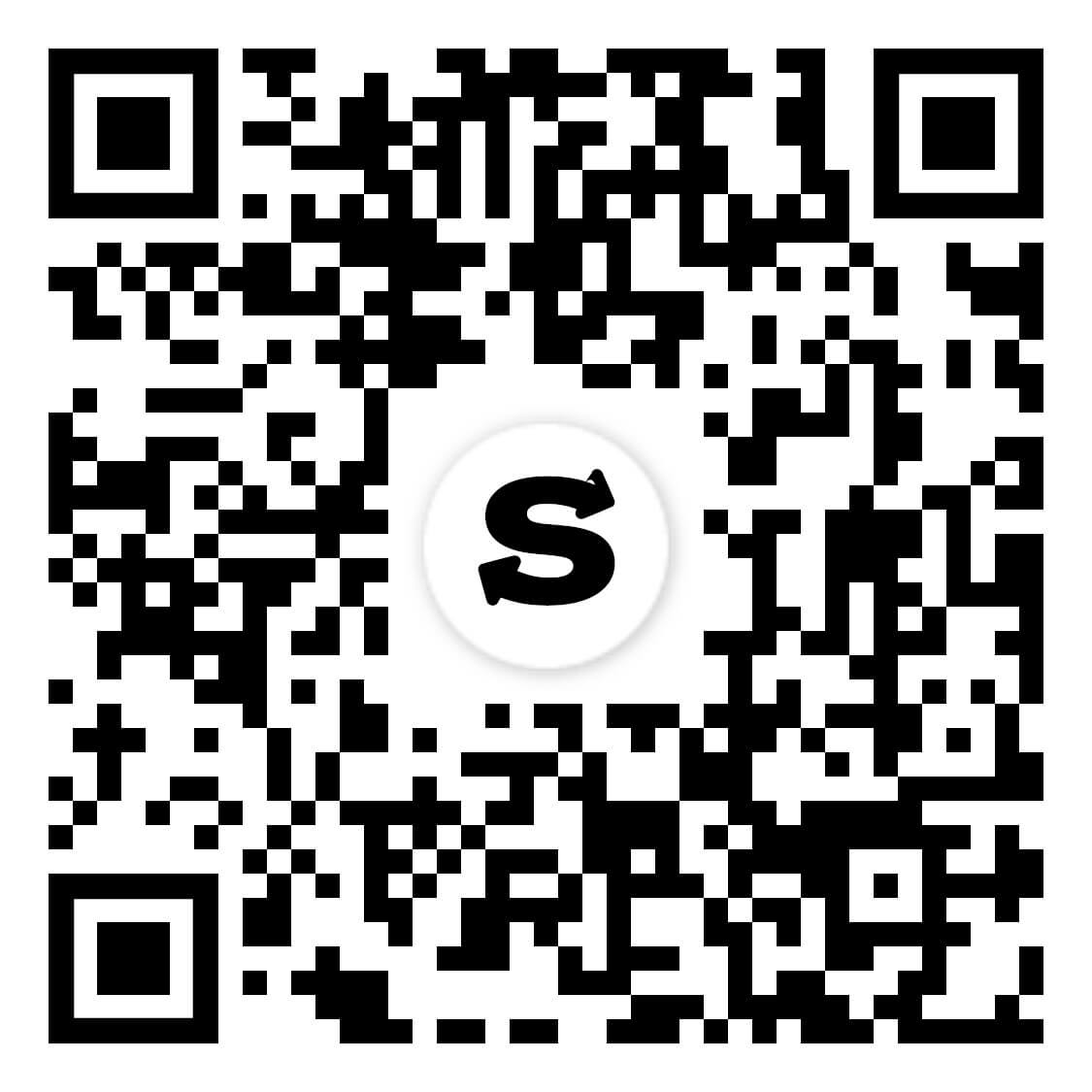Convert
Canadian Dollar (CAD) to Balancer (BAL) Instantly
Purchase Balancer (BAL) with Canadian Dollar (CAD) easily at Switchere and benefit from fast, secure transactions.
About
Balancer (BAL)
Balancer (BAL) is a core piece of decentralized finance (DeFi) infrastructure, functioning as a highly flexible automated market maker (AMM) and liquidity protocol. Unlike traditional AMMs that often require 50/50 asset pairs, Balancer's key innovation is its use of customizable, multi-token liquidity pools, also known as smart pools. This allows anyone to create self-balancing portfolios or decentralized index funds where assets are held in specific, weighted proportions. This design not only provides deep, programmable liquidity for traders but also creates arbitrage opportunities that drive the pools back to their intended weighting, effectively automating portfolio management for liquidity providers on its decentralized network.
The protocol's evolution to Balancer V2 introduced a groundbreaking single Vault architecture. This design separates the AMM logic from the token management and accounting, massively improving gas efficiency and capital efficiency. All trades within the Balancer ecosystem are routed through this single Vault, enabling complex multi-hop trades to be executed with significantly lower transaction costs. The native digital asset of the protocol, BAL, serves as a critical governance token. Holders of the BAL utility token can participate in on-chain governance, voting on protocol upgrades, fee changes, and directing the allocation of liquidity mining rewards, thereby shaping the future of this essential Web3 infrastructure.
How to Buy Balancer (BAL)
Popular Coins for Canadian Dollar (CAD)
Other Coins for Canadian Dollar (CAD)
Frequently asked questions
-
What is the most common way to buy Balancer (BAL) with Canadian Dollars (CAD)?
Typically, you would use a FINTRAC-regulated Canadian cryptocurrency exchange that offers a CAD fiat on-ramp. The process involves creating an account, completing KYC/AML verification, funding your account with Canadian Dollars via Interac e-Transfer or a bank wire, and then executing a trade on the CAD/BAL trading pair if available. If a direct pair is not offered, a common strategy is to buy a major digital asset like Ethereum (ETH) first, then trade ETH for BAL on an exchange that lists the BAL/ETH pair. -
What is the primary function of the BAL token within the Balancer Protocol ecosystem?
BAL is the governance token for the Balancer Protocol, a leading Automated Market Maker (AMM) in decentralized finance (DeFi). Holding BAL grants users the right to vote on key protocol parameters and strategic decisions, such as protocol fees and new feature implementations. It's designed to decentralize the governance of the platform, putting its future direction in the hands of its community of liquidity providers and users. -
How does Balancer's Vault architecture benefit users managing digital assets?
The Balancer Protocol's Vault architecture separates token accounting and management from the pool logic. This technical design provides significant benefits, including lower gas fees for multi-hop trades, as tokens only need to be transferred into and out of the single Vault. It also simplifies the process for liquidity providers (LPs) and enhances security by holding all assets from all Balancer pools in one contract, streamlining interactions and reducing the attack surface. -
What types of fees should I expect when executing a CAD to BAL transaction?
There are several potential fees. First, a deposit fee for your Canadian Dollars on the exchange, which is often low or zero for Interac e-Transfers. Second, a trading fee (maker or taker fee) for executing the buy order on the exchange's order book. Third, if you move your BAL off the exchange to a private digital wallet, you'll incur a blockchain transaction fee, which for an ERC-20 token like BAL, is paid in Ethereum (ETH) as 'gas'. This gas fee can vary based on network congestion. -
Besides trading, can BAL tokens acquired with CAD be used for yield farming?
Yes, absolutely. After purchasing BAL with your Canadian Dollars and moving it to a compatible digital wallet, you can participate in DeFi activities like yield farming. One common method involves providing liquidity to a Balancer pool, for instance, by pairing your BAL with another asset like WETH. By becoming a liquidity provider (LP), you can earn a share of the pool's trading fees and potentially additional BAL rewards, depending on the specific pool and active incentive programs.






